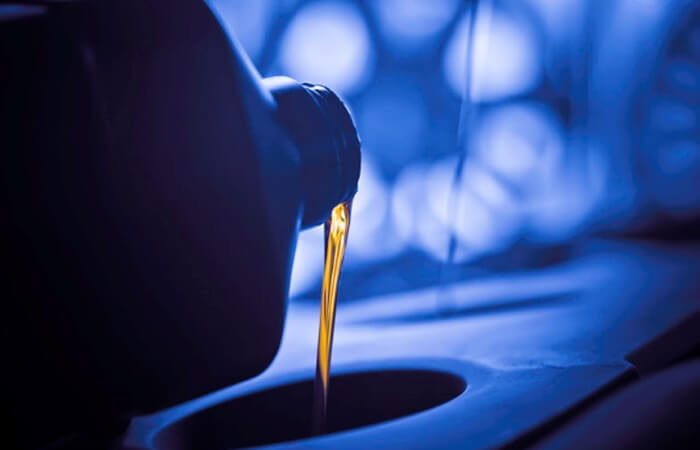The Petro edition of an X-ray fluorescence spectrometer is capable of the determination of lead in gasoline according to the latest ASTM D5059 standard test method C (low-lead method), using bismuth as internal standard.
Application background
Lead, in the form of tetraethyl lead (TEL) has for many years been an additive to automotive fuel, to improve the ignition and combustion properties of the fuel in vehicle engines. However, because of the harmful environmental effects of lead, international regulations introduced after 1995 have limited the amounts of this element contained in automotive fuel. The recommended method for lead determination using X-ray spectrometry is described in ASTM 5059.






